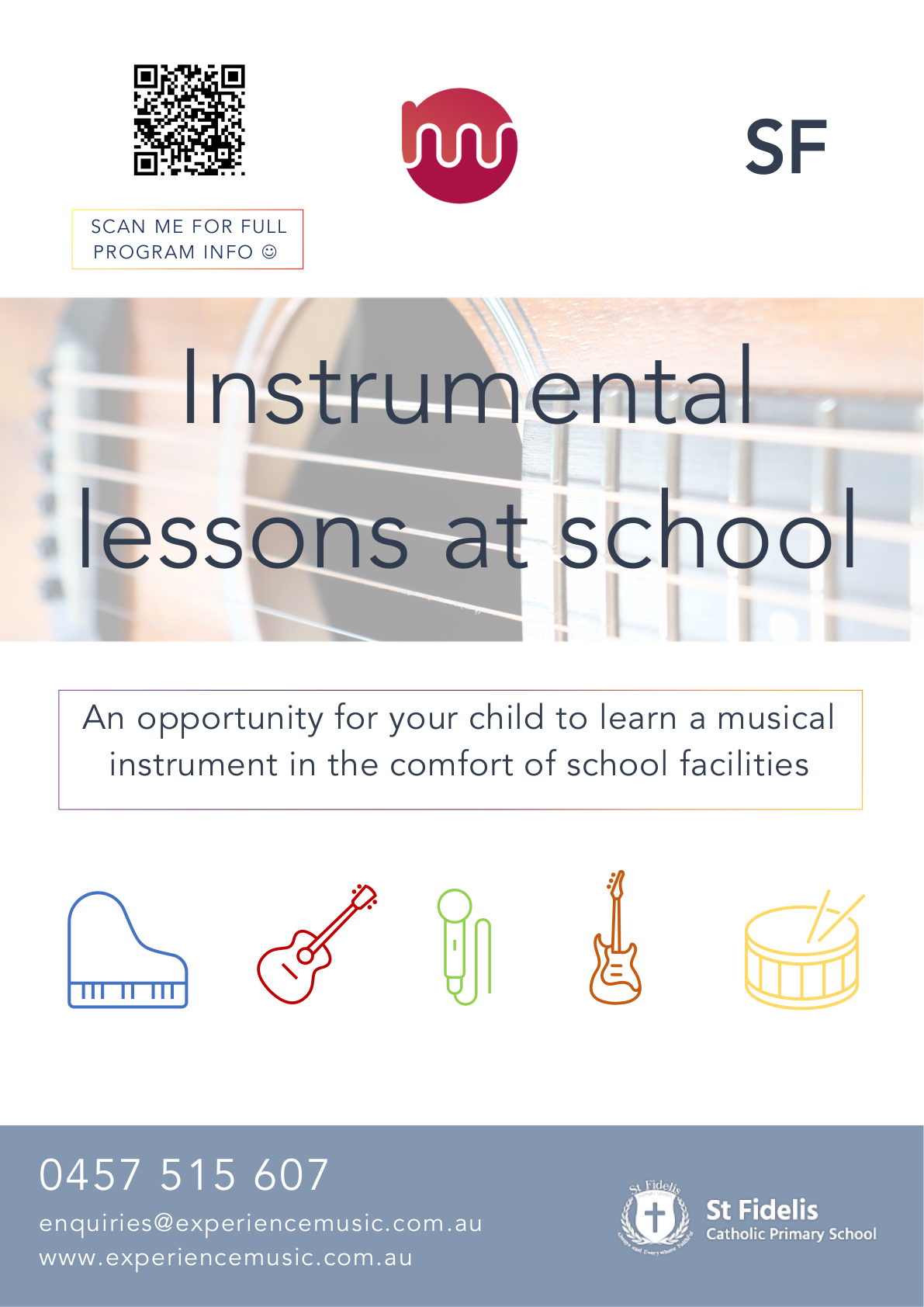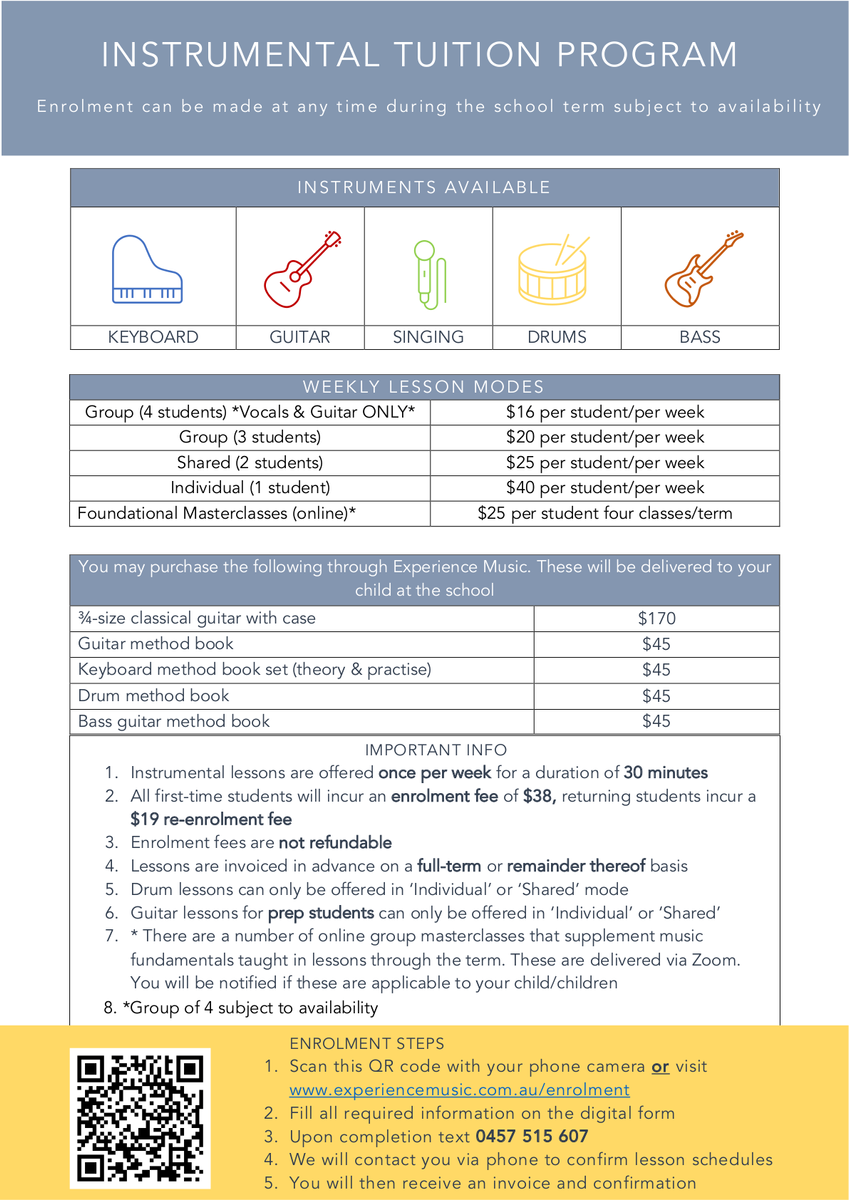Learning & Teaching
Learning and Teaching encompasses the following areas: Student Outcomes, Curriculum, Assessment, Reporting, Principles and Pedagogy.
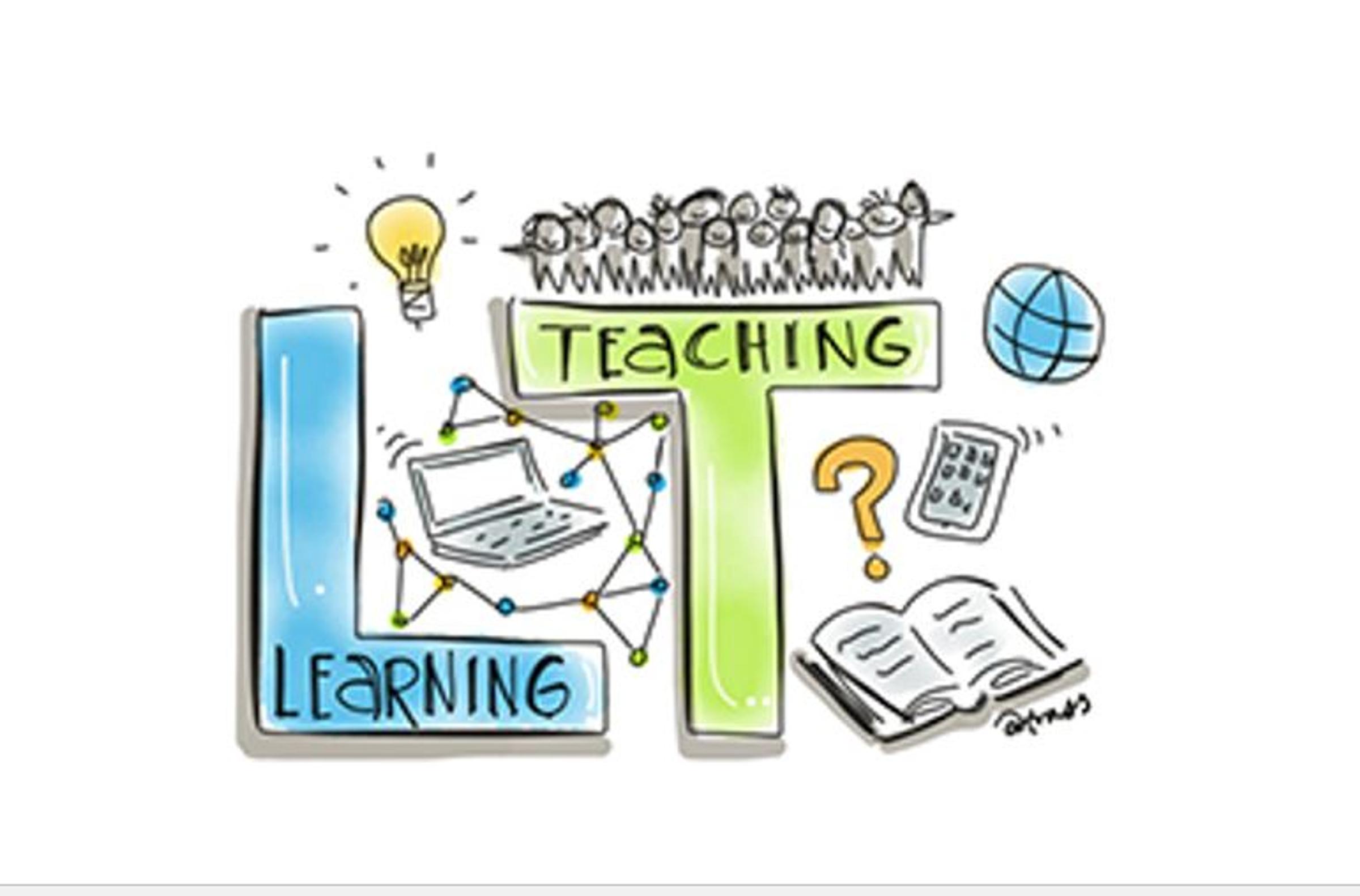
Learning & Teaching
Learning and Teaching encompasses the following areas: Student Outcomes, Curriculum, Assessment, Reporting, Principles and Pedagogy.
Hi All,
These are just a few reminders about what is happening this week and next week.
NATIONAL SCIENCE WEEK
During the week, students will participate in many different experiments. Each year level has some exciting experiments planned. Students work as scientists and conduct experiments where they will predict, combine, observe, and explain their results. Please visit https://www.scienceweek.net.au/ and click the find event tab for more information and events around the community and Melbourne.
BOOK WEEK 22 - 26 August
https://cbca.org.au/cbca-book-week


Our Book Week Parade is happening on Tuesday 23rd August. Parents are welcome to attend. Younger children are welcome to come dressed up. The students can dress up as their favourite book character of their choice or use the theme – ‘Dreaming with Eyes Open’ as an inspiration for their costume. The teachers have planned various book-related activities around this year’s shortlisted books. Students will also have the opportunity to borrow them from the library.
BOOK FAIR
Also, as part of the week, there will be a Book Fair, where students can purchase various books. It will be open every morning before and after school. Please see the information sent home this week. Parents interested in helping before or after school, please contact me at vpirrotta@sfmoreland.catholic.edu.au
SPELLING BEE


This national competition is for students from Year 3 to Year 6. Students are required to spell 30 words and have 25 seconds to spell each word. Each student is ranked according to the accuracy of their spelling and speed. Last week, teachers and students nominated students for the competition.
Students will participate in a school round competition on Thursday 18th August at 9 am. If students are successful, they will proceed to the state finalist round. The finalist will be announced by email on August 29th. Remember to return your permission forms. For more information, please visit https://www.spelling-bee.com.au/
Thanks,
Vira
Maths Games Day for Juniors - Wednesday 17th August.
I am running a games day for the juniors on Wednesday. If you are free and would like to help out, please let me know. All helpers welcome. The morning session will be all physical games, the middle session one-on-one strategy games and the final session problem-solving. If you can come to one, two or more sessions let me know.
Most levels have moved or are moving into the teaching of Multiplication.
Here's a five-step method for teaching multiplication that will give your children confidence and build up their understanding.
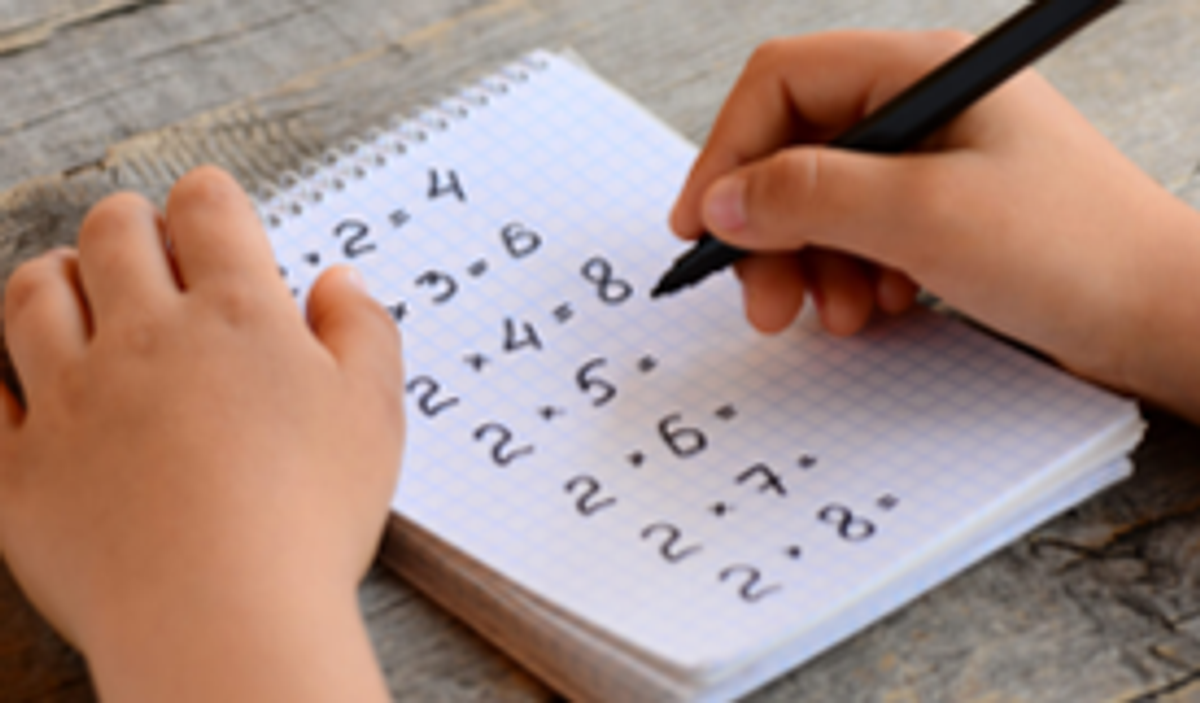

For the little ones, ask what comes in 2’s or 3’s etc..
How can we count the total number of wings, wheels, feet etc.?
For the bigger kids, ask them to show how they may break up the problem or numbers into ones they can do.
Countable manipulatives turn multiplication into a hands-on concept. Any small tokens will do (buttons, blobs of modelling clay, cutouts, bottle caps).
To make it easier to grasp, use the following strategies:
Group objects into sets
Let’s assume you’re working with the sum of 3 x 4.
Have students group their manipulatives into three clearly separated blocks of four either by drawing three circles around them or placing them into three separate boxes.
This allows them to visualize the underlying formula of any multiplication question: x lots of a given number y equals a total number z.
Use an array
Sticking with 3 x 4, have students order their manipulatives into three rows each containing four pieces. This arrangement is an array. Students can then number these consecutively to discover that the three rows of four make eight – not six, as they might assume from an addition problem using the same digits.
Once they’ve got the hang of arranging their manipulatives and counting them out, ease students into skip counting (counting in lots of a given number).
Arrays or sets are still helpful. Now that they know each row or set contains a given number of units, they can start adding them together to reach an answer more quickly.
So the problem 3 x 4 becomes:
4
4 + 4 = 8
8 + 4 = 12
They can also practice skip counting by lots of two using their fingers.
The commutative property of multiplication is the ability to reverse a sum and still get the same result. That’s why 3 x 4 and 4 x 3 both equal 12.
If students understand the commutative property, they’ll be able to handle multiplication tasks much more flexibly. They’ll also have an easier time memorizing their tables because learning one fact means you also learn its reverse.
You can teach this concept with a brain teaser: have students create a 3 x 4 array by arranging manipulatives on a piece of paper, then challenge them to create a 4 x 3 array without moving any of them.
You might have to drop a few hints, but they’ll soon realise all they need to do is rotate the paper ninety degrees. The array is exactly the same, only the other way around.
Once they understand the concept of multiplication, it’s time for students to memorize the facts – all the way up to their 12 times tables.
Start with the easy ones:
That’s a good chunk of the 10 x 10 multiplication table that can be calculated with little effort. Don’t forget to remind students of the commutative property, too – all these easy facts hold true when the numbers are reversed!
Use drill and practice strategies to commit the other multiplication tables to memory.
It’s best to introduce word problems alongside fact fluency practice, so students get a sense of how multiplication translates to real scenarios.
The shift to words can be tricky, so ease students in by visualizing the problem, to begin with. Provide illustrations of the quantifiable aspects of the problem, or help students draw them themselves.
It also helps to use the schema approach:
Look at a collection of multiplication word problems side by side, and help students discover the underlying formula (schema) that links all of them. This allows them to look past the extraneous information in a word problem and recognize the familiar procedure at its heart.
A group of keen gardeners have been busy collecting leaves, and grass clippings, shredding up the paper and adding food scraps to our worm towers for the composting process to begin. The children began the process by collecting organic wastes, cutting them into bits ready to be added to the worm towers. We extend our thanks to Frank Muscara, Patrick’s dad from Foundation for his kind donation of worms. The children were so excited to be given the opportunity to add the worms to the worm towers.
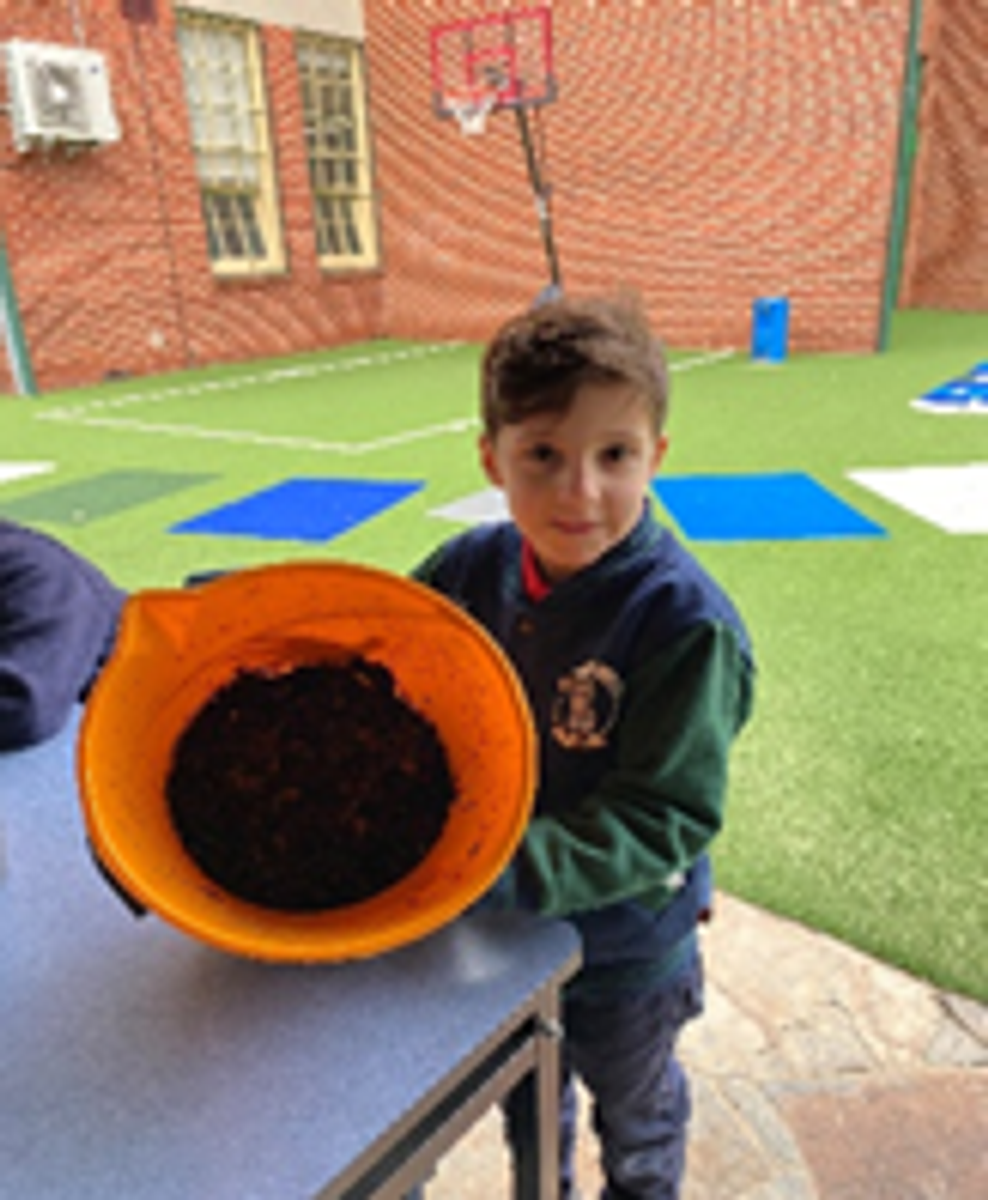
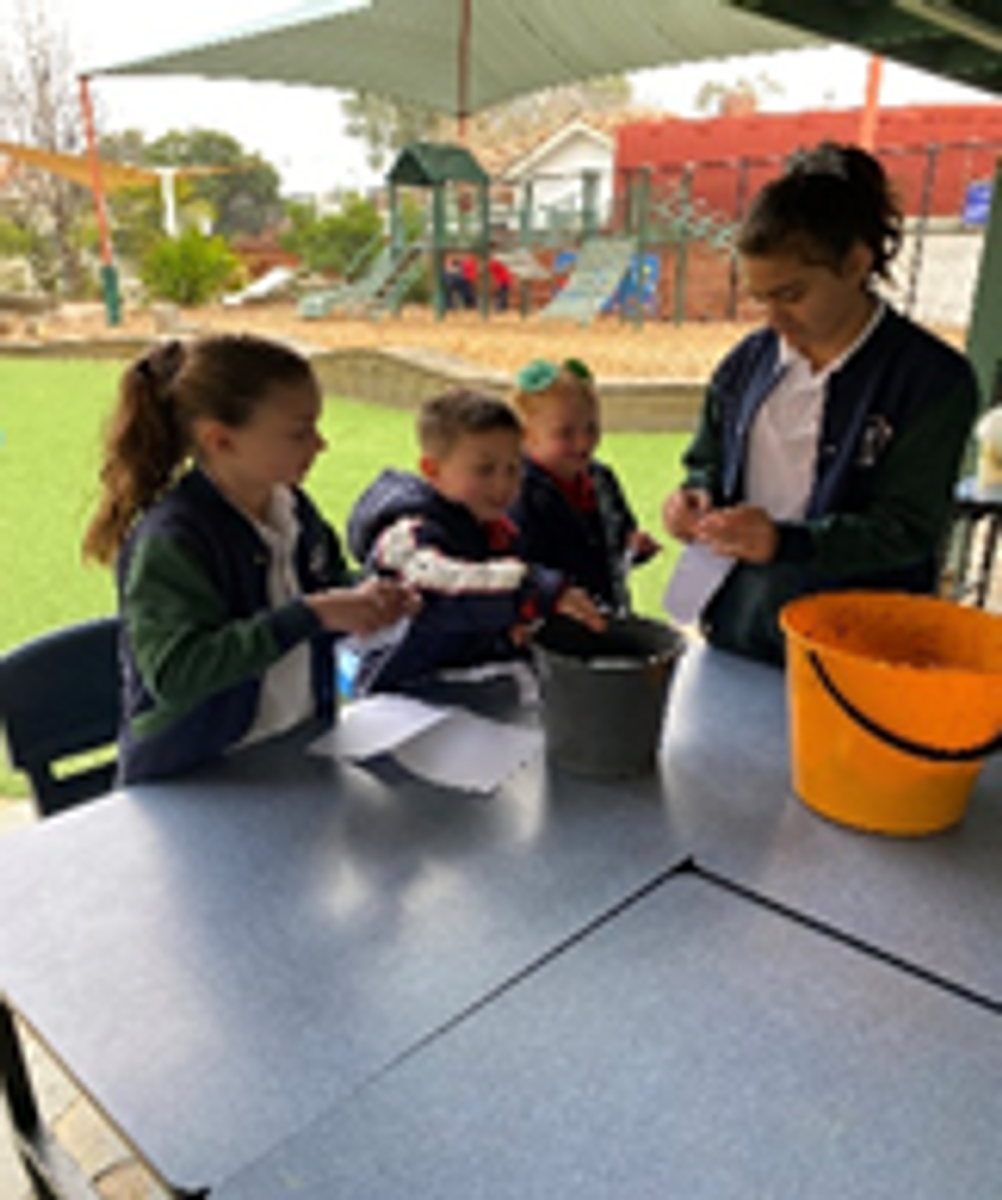

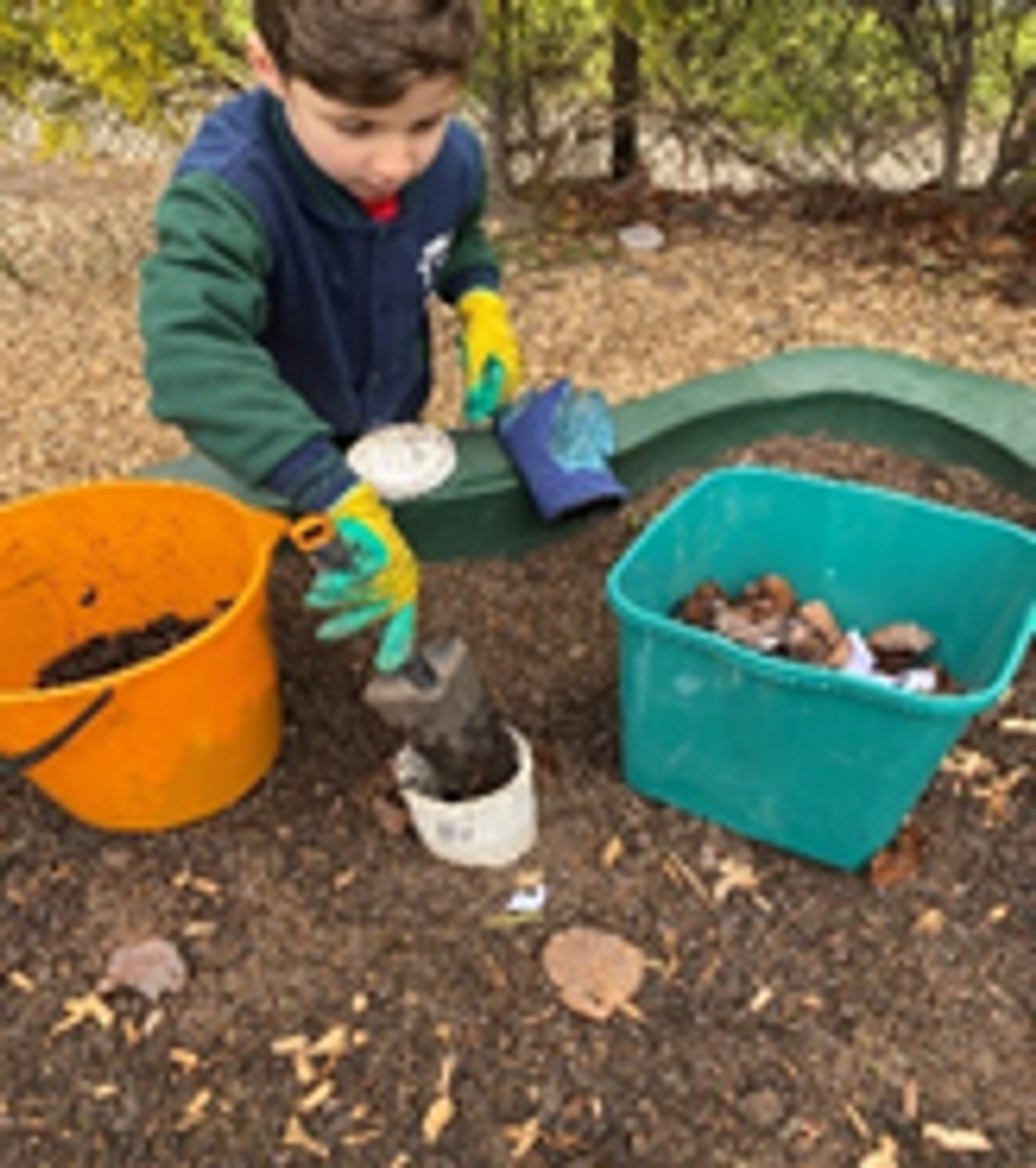

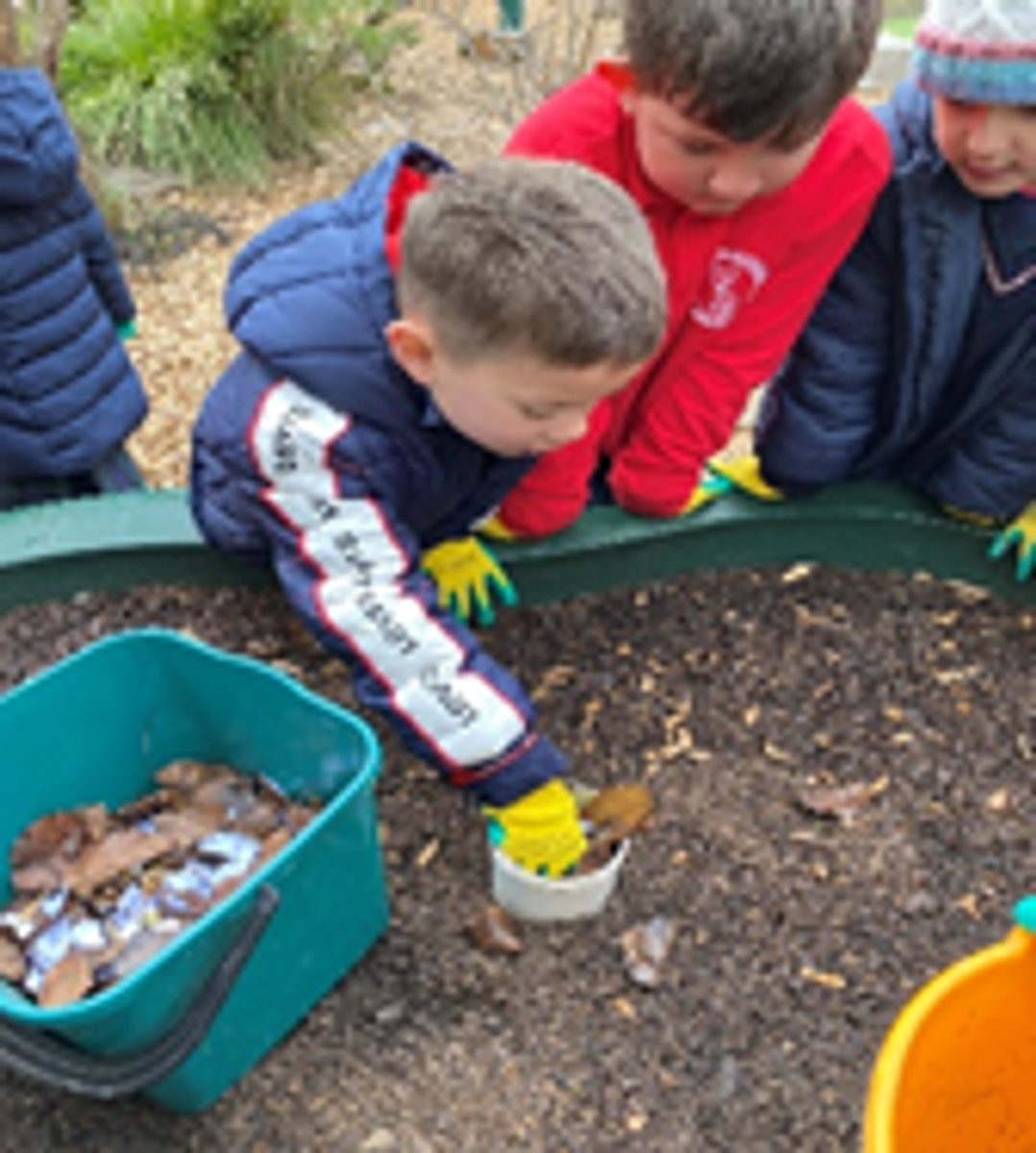






At discovery, I helped put the worms in the worm towers. I learnt that worms cannot eat sour foods and worms live in dirt. Patrick
At gardening, we put some pots over where the SLA is and then we planted some silver beet seeds in our garden beds. It was fun. Milana
At gardening we planted seeds and we had fun with Ms. Gasbarro. Sam
At gardening, I planted seeds with Milana. At gardening, we watered the seeds. It was fun and I liked it. Sienna
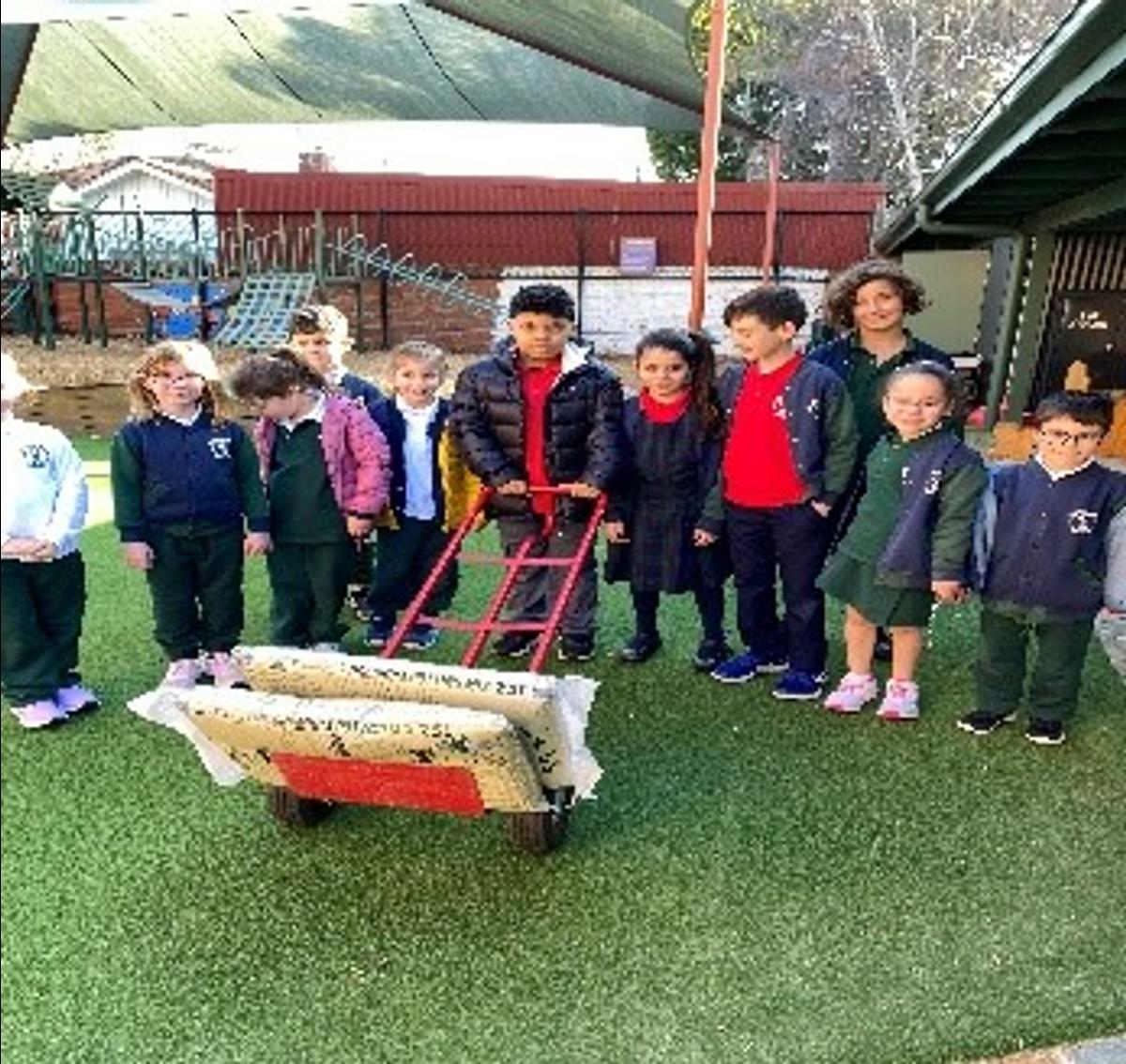

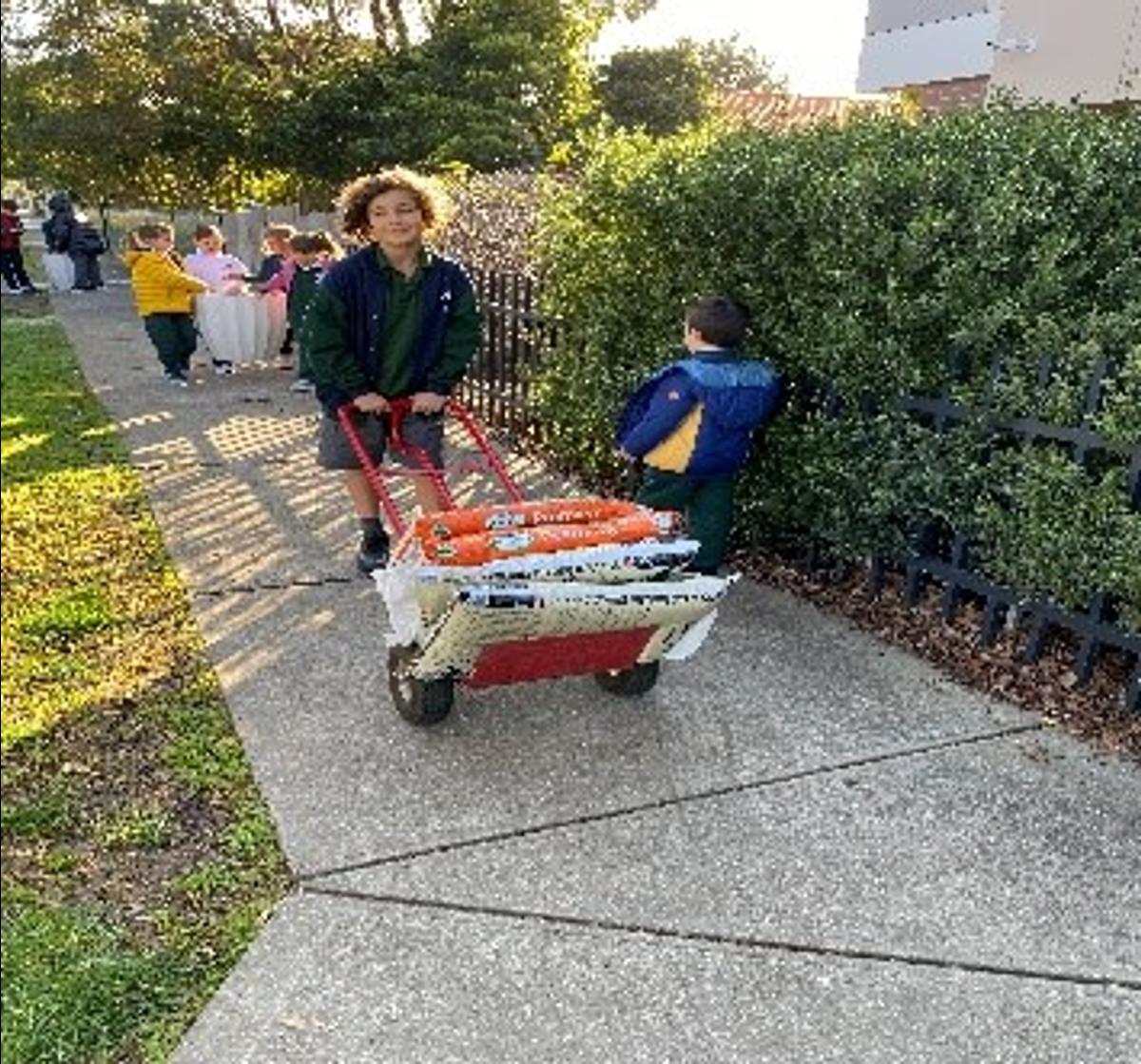



Last week we purchased large pots and soil from Bunnings. These pots will be placed outside the 5/6 building. Thank you to a group of children who helped transport these pots over to the 5/6 area so we can begin planting. The gardening group dialogued about what kind of plants would be suited to the pots and also what care these plants would need. As a group, the children decided that succulents would be suited and that there are lots of different types of succulents. Any donations of succulent clippings would be greatly appreciated. If you are able to donate succulent clippings, please feel free to drop them off at the school office.
Annette Gasbarro
Sustainability teacher
The School Sport Victoria (SSV) Coburg District Athletics Carnival will be held at the Coburg Athletics Track, Outlook Rd, Coburg, on Wednesday 17 August 2022, commencing at 9.50 am and concluding at 3.00 pm.
Good luck to our competitors!
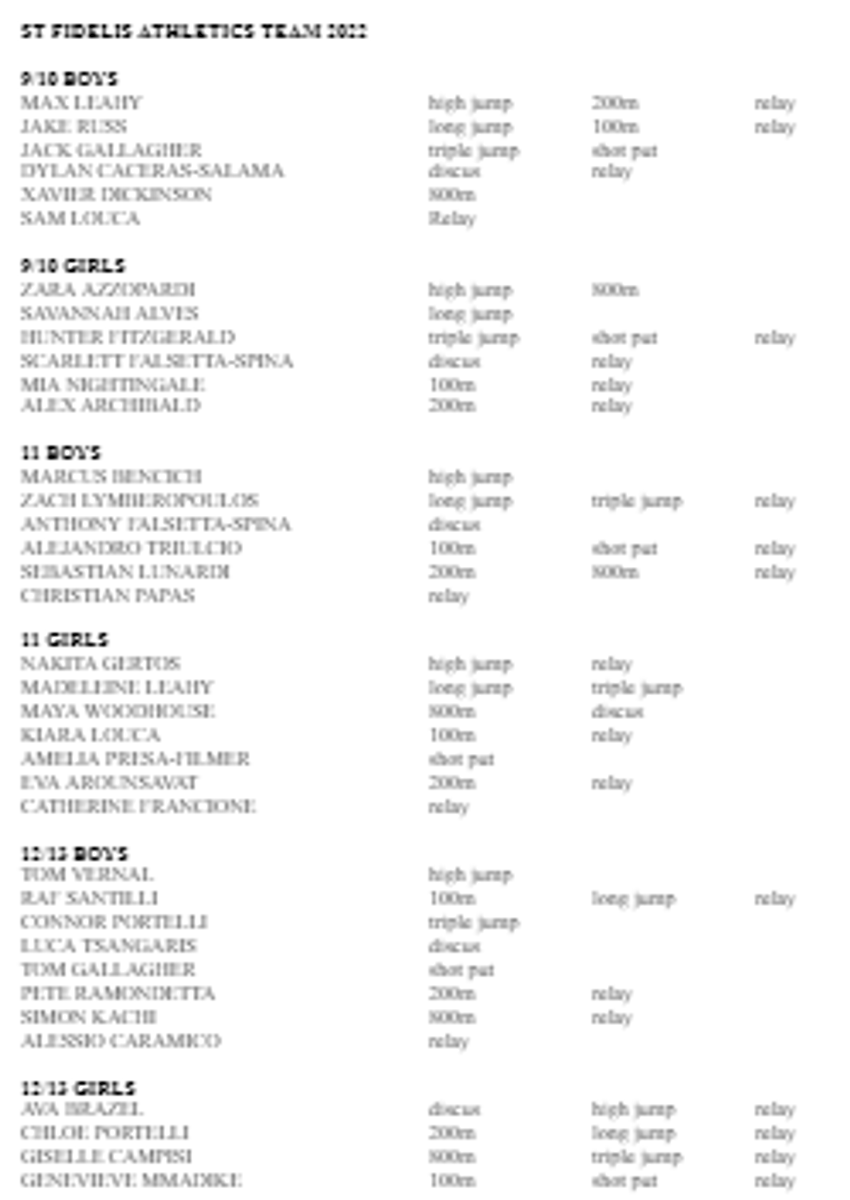
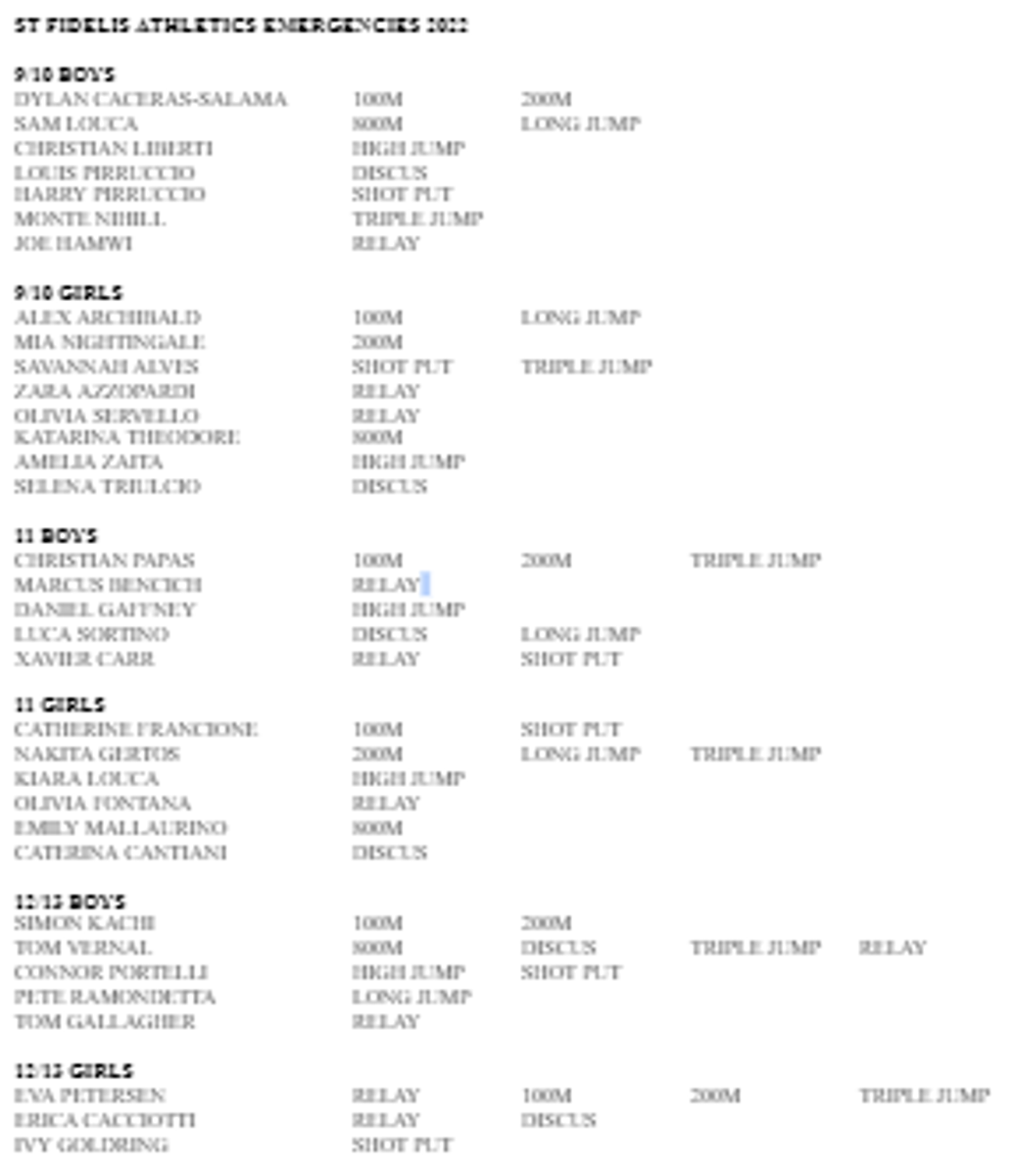


Athletes are required to attend school no later than 8.40 am. Year 5/6 students assemble in the SLA. Year 3/4 students will be called over the PA to come to the office for departure at 9.00 am.
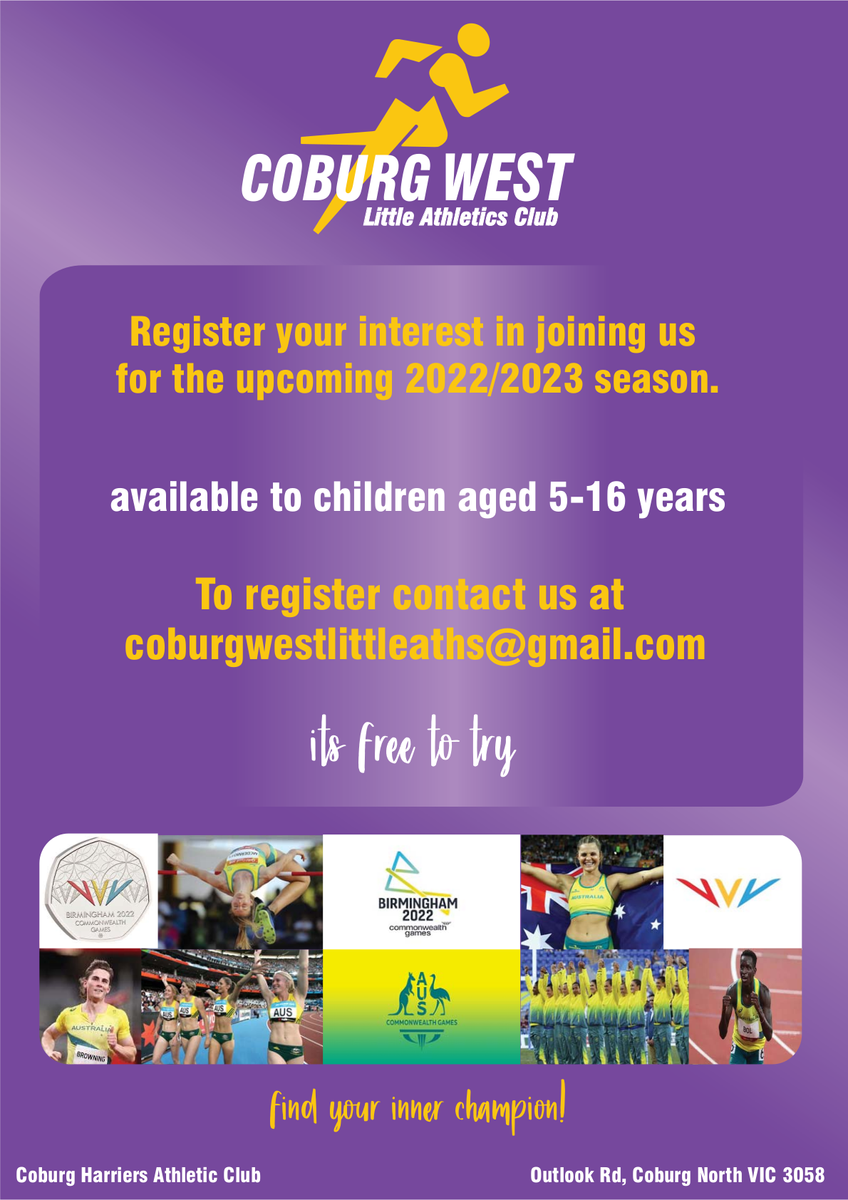

SSV Codes of Conduct For Students, Parents, Spectators, Teachers & Coaches
School Sport Vic follows and enforces codes of conduct for all participants in SSV events whether they are students, teachers, coaches, sporting officials, parents, spectators or administrators.
Parent Code of Conduct
Buongiorno a tutti!
Che ore sono? (What time is it? / What’s the time?) This is the question that I am asking the Grade 3/4s this term. So far they have learnt how to ask what the time is, (Che ore sono?) and have learnt how to reply, by saying different o’clock times, (Sono le… OR È l’una) and how to say it’s half past the hour, (Sono le__e mezzo/a OR È l’una e mezzo/a).
The children are learning to tell the time through games, songs and labelling tasks, as well as showing the time on small learning clocks. Through these tasks they are also learning the names of what the long hand is called and what the short hand is called in italiano, ie. la lancetta lunga and la lancetta corta, as well as revising numbers. I am very pleased to say that they are doing a great job with this topic. We will continue with learning how to say a quarter past (Sono le__e un quarto OR È l’una e un quarto) and a quarter to…(Sono le__meno un quarto OR È l’una meno un quarto), using their own clocks that they have made to assist them in the process.
I have included in today’s newsletter article some photos taken of the Grade 3/4 children making their clocks to assist them in telling the time. They really enjoyed this task. Bravi bambini!
I hope that you hear your child/ren practising this language at home. Perhaps you can encourage them by asking what the time is and they can answer by saying the o’clock or half past time for now? (in italiano of course) Have a go - Prova!


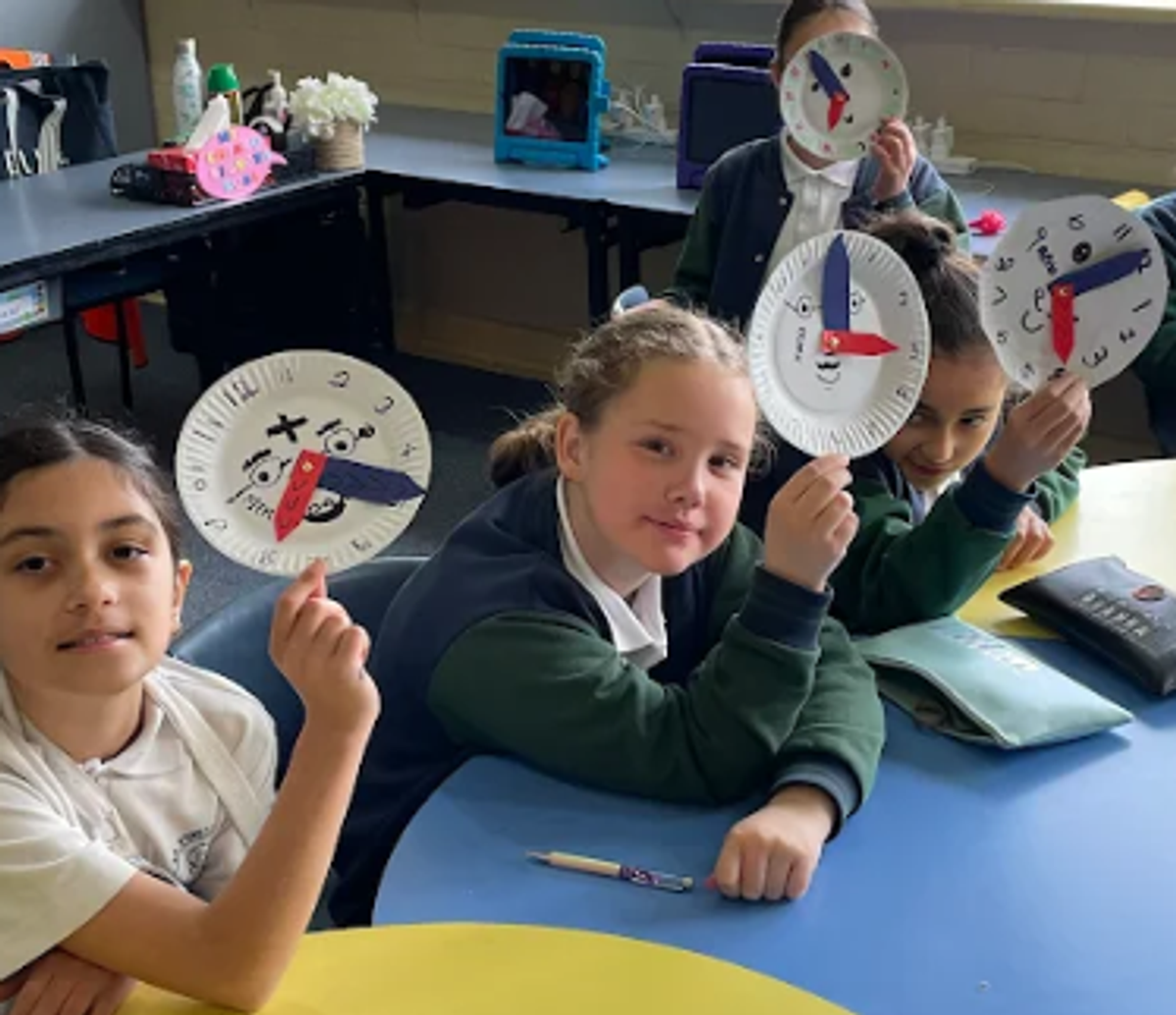

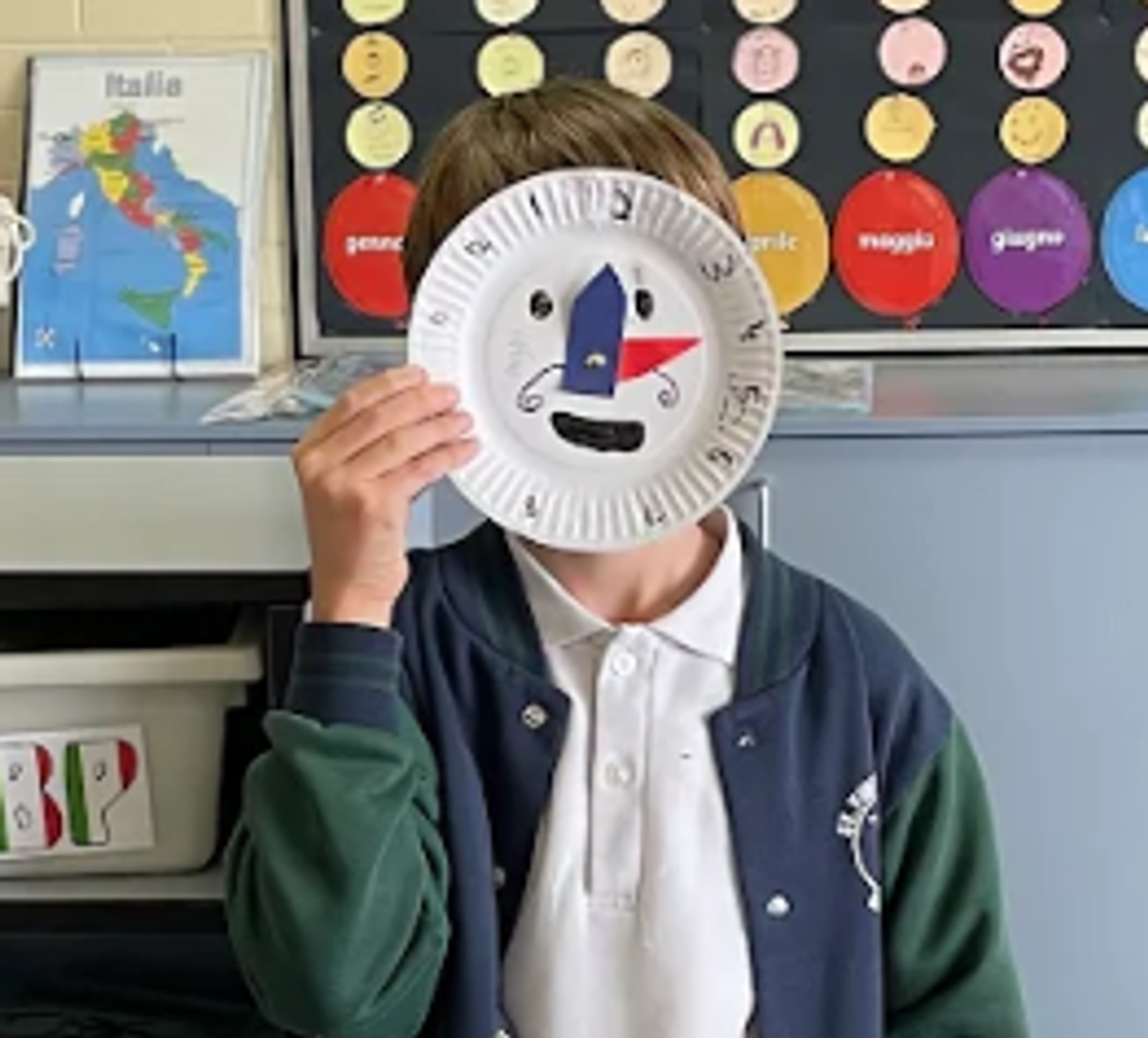
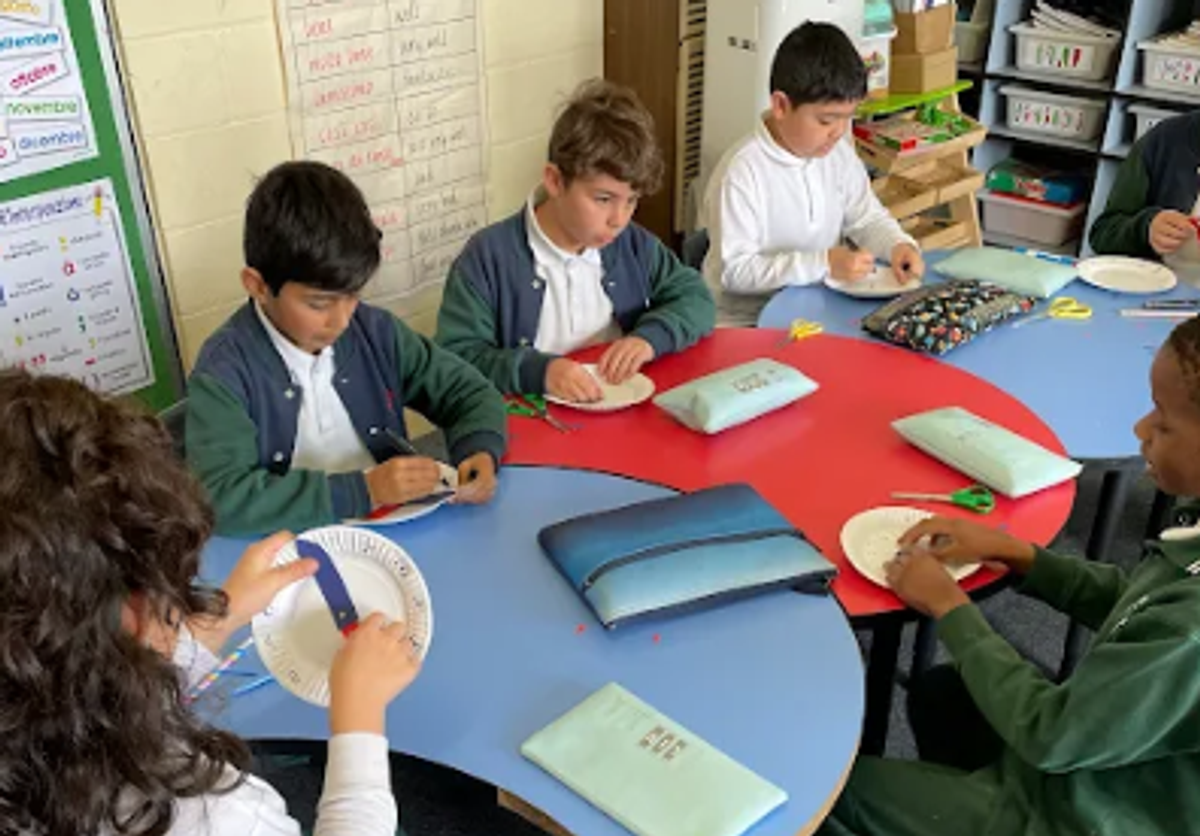
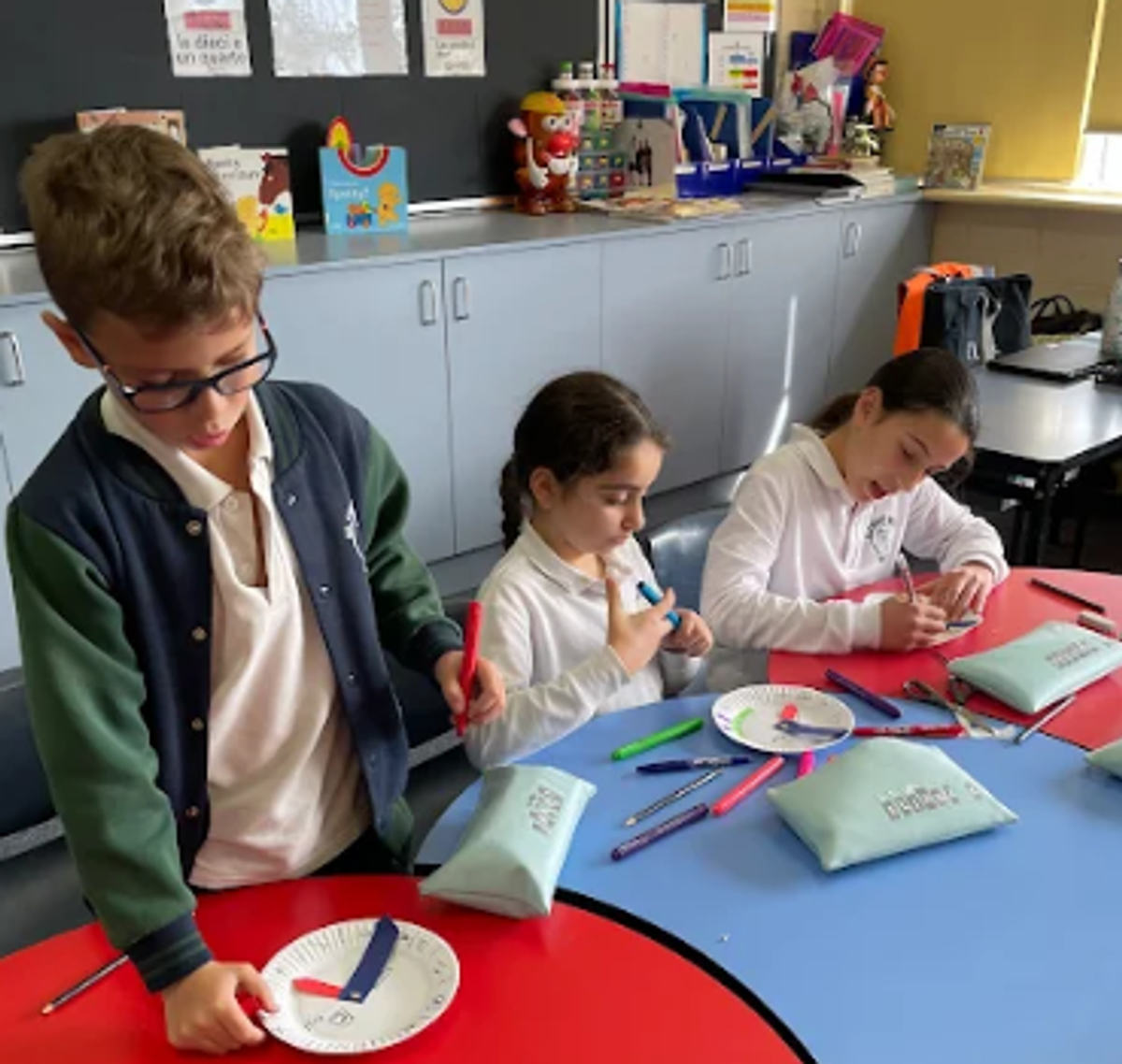
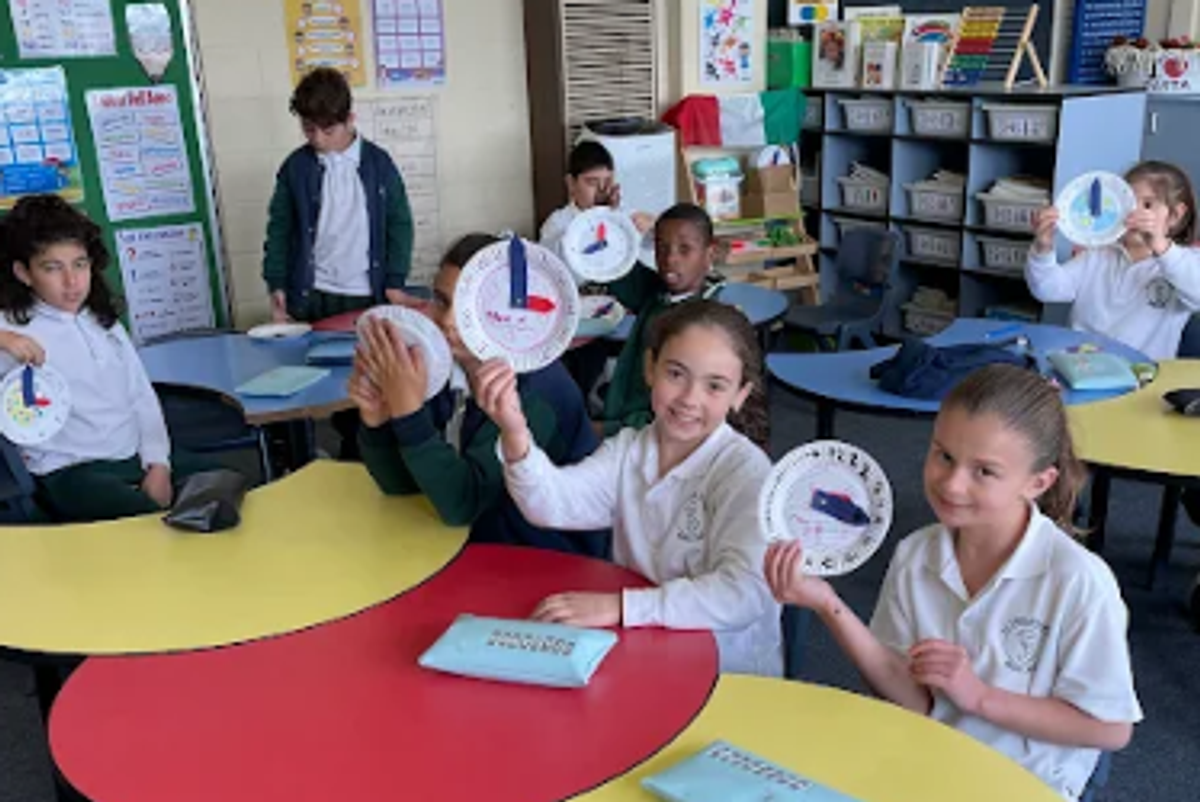
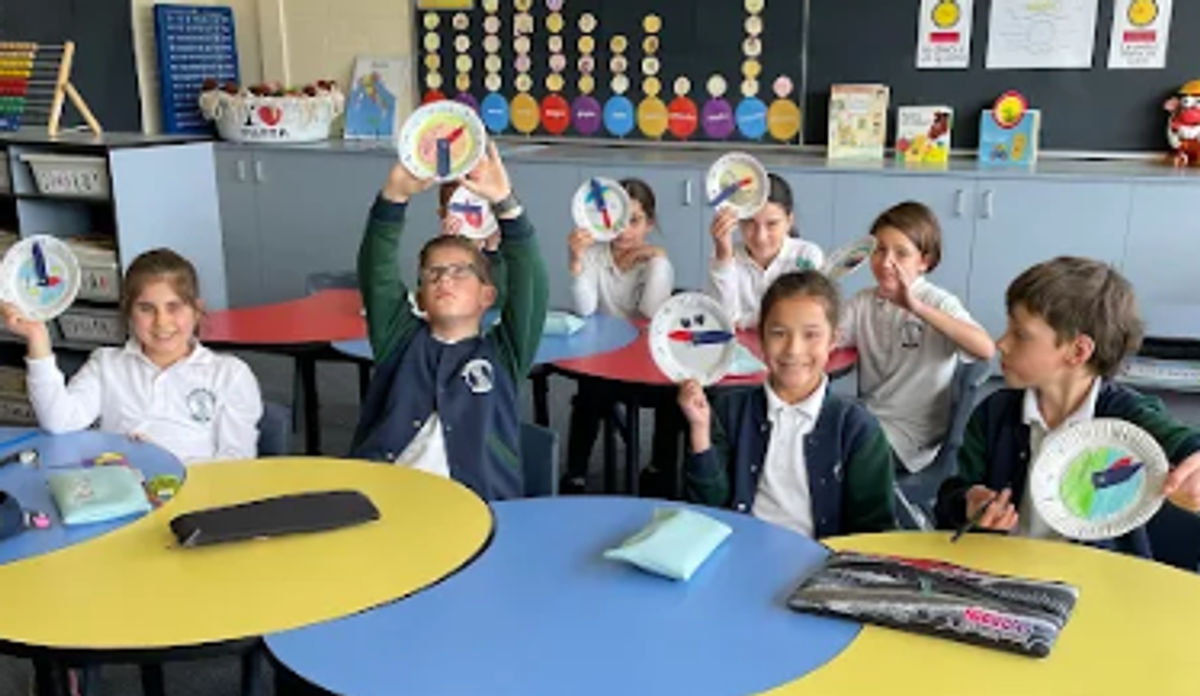
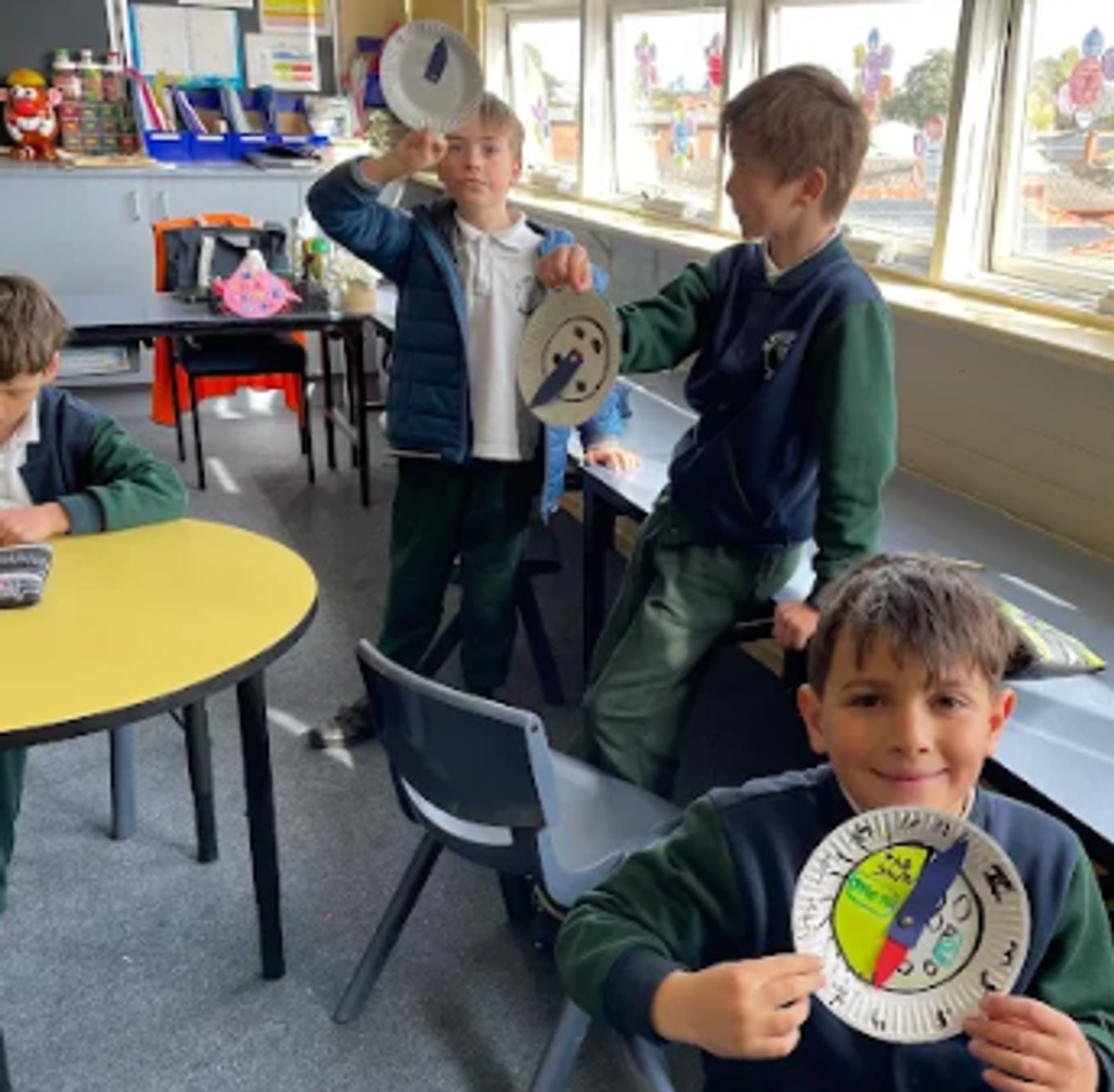
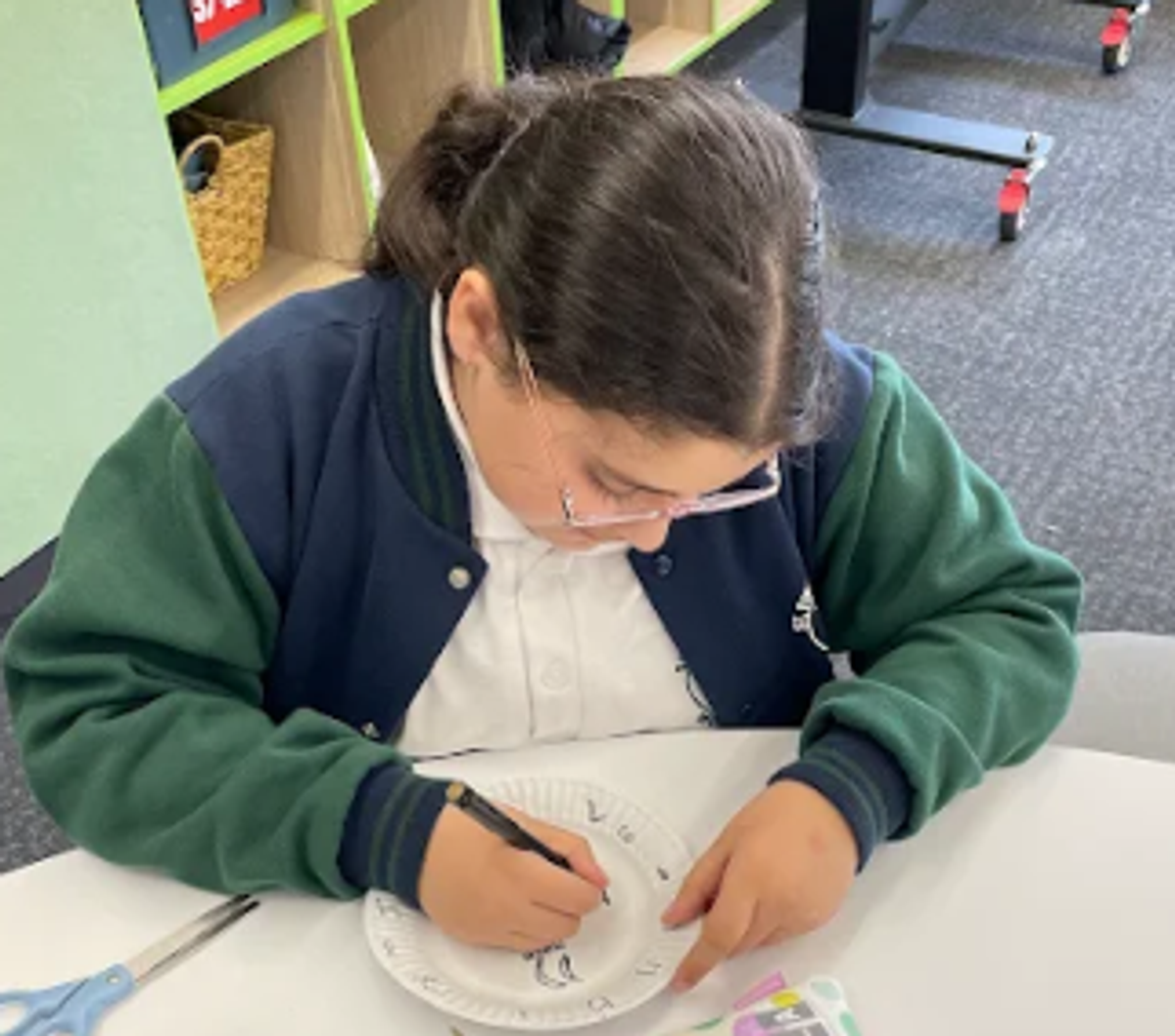
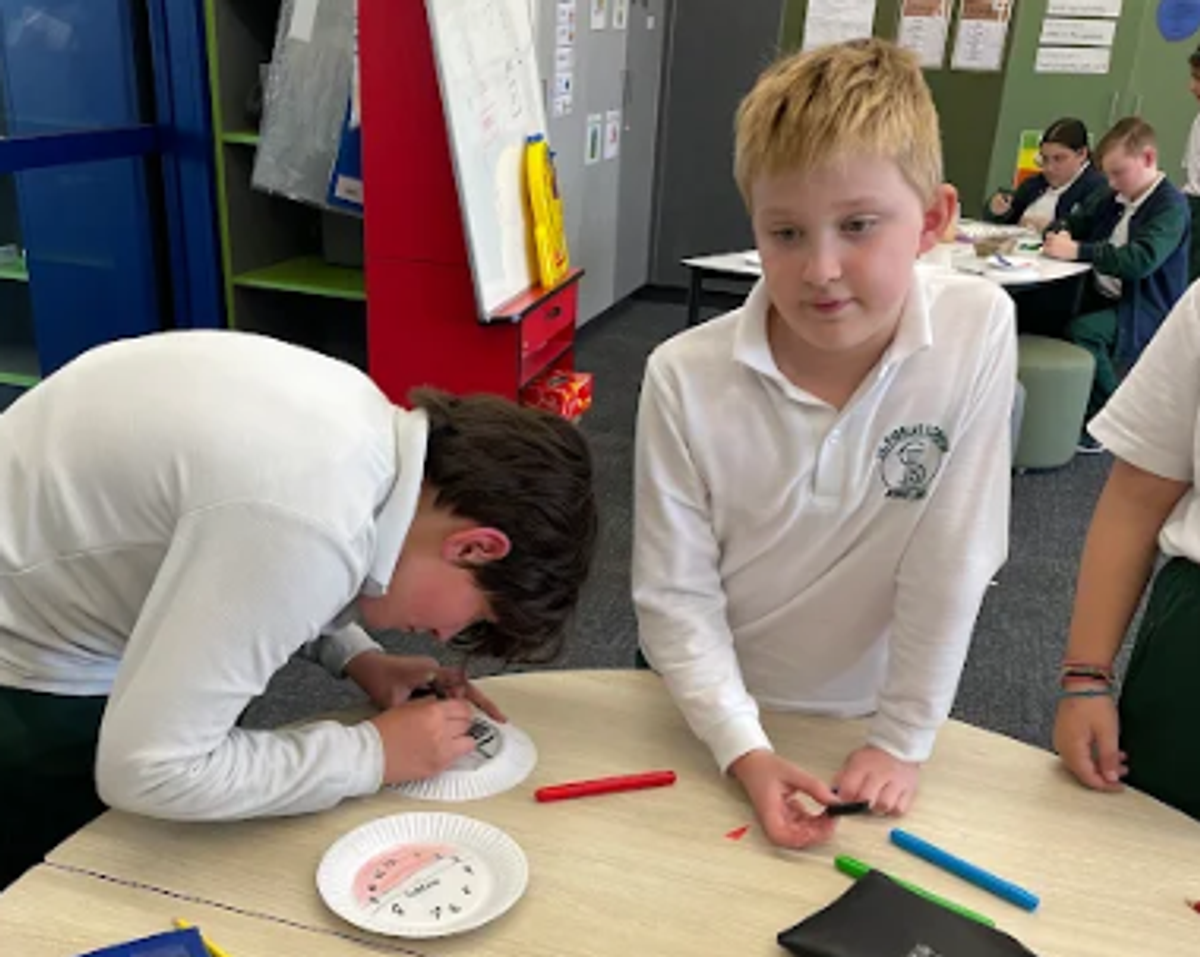

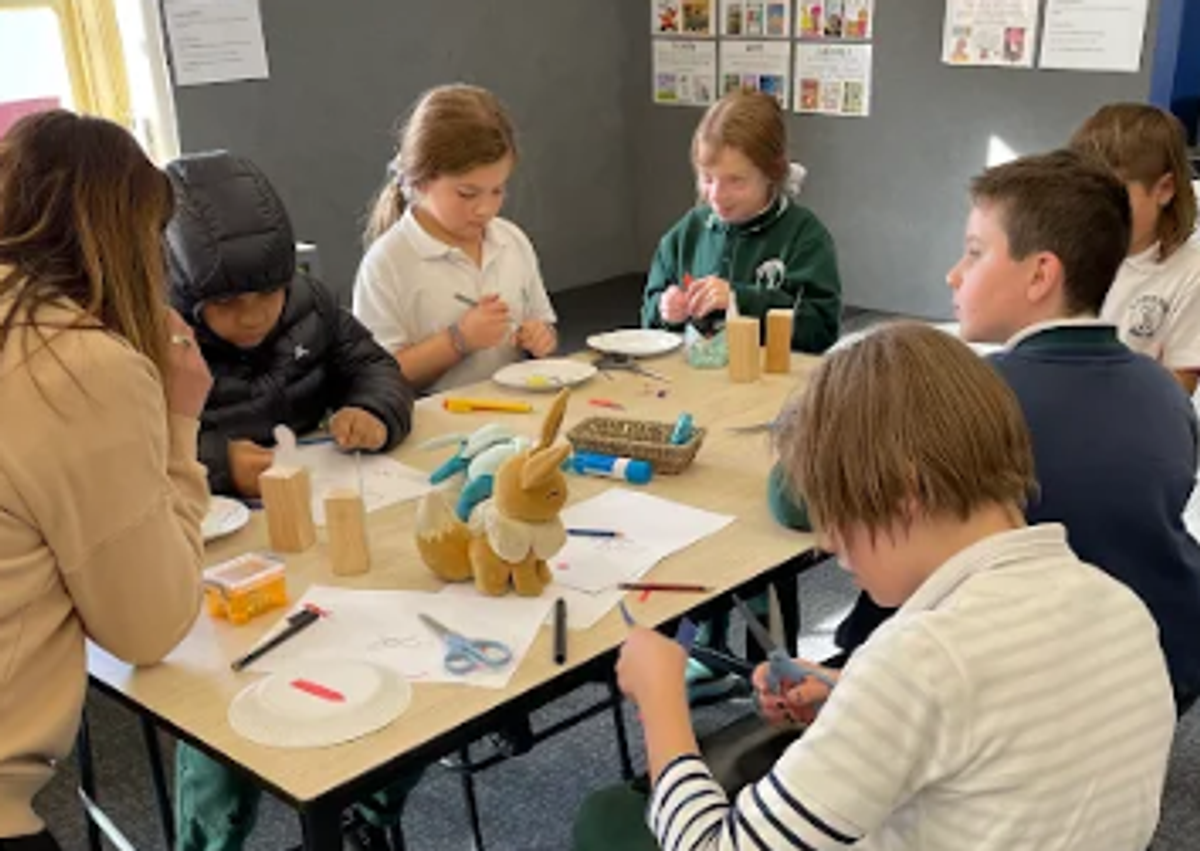
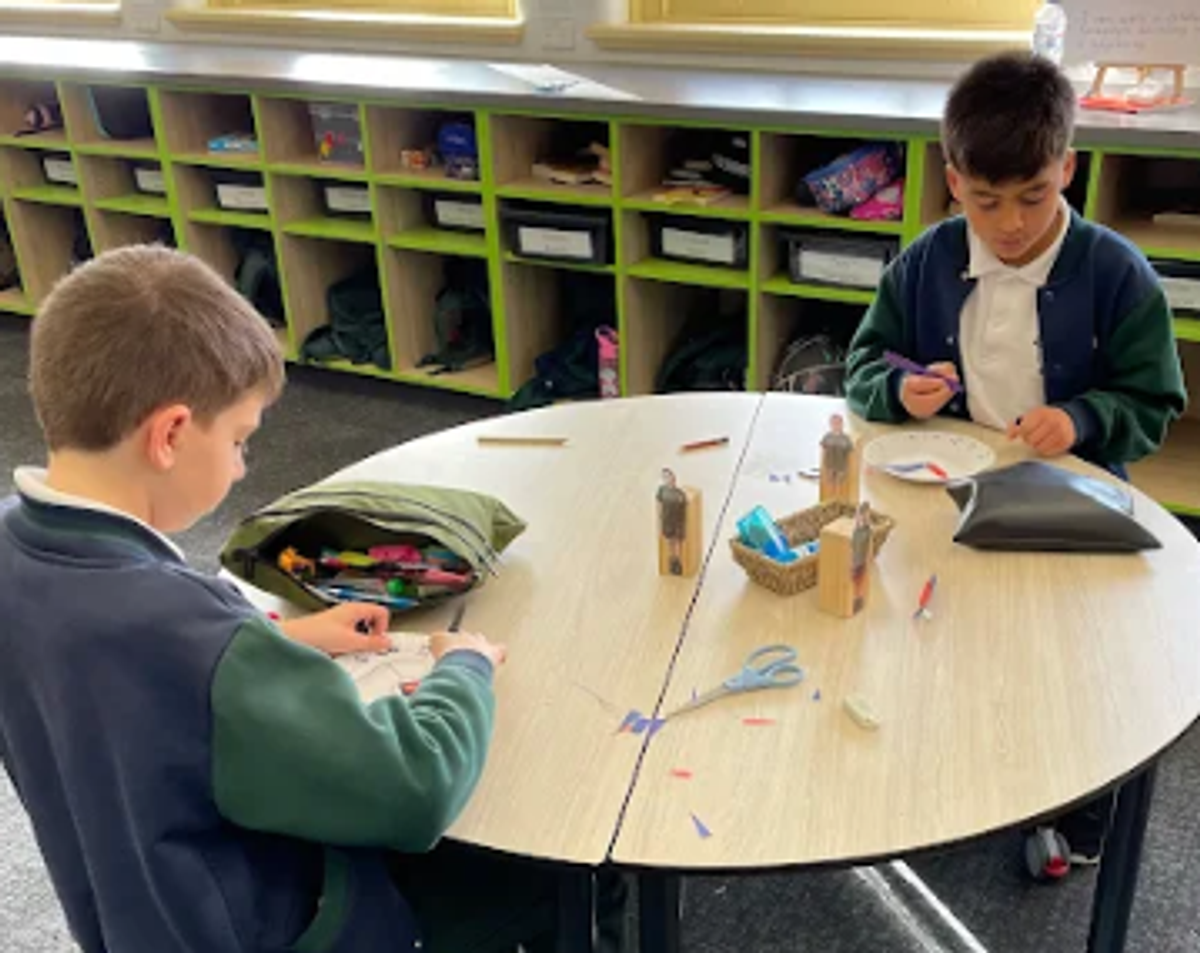















Until next time…Buona settimana a tutti!
Signora Rosa 🌹
EXPERIENCE MUSIC
